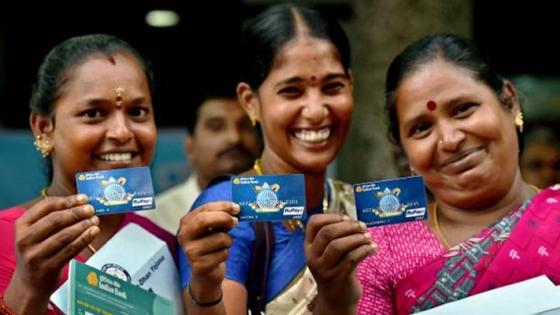First posted on:
Finance: Research, Policy and Anecdotes, 26 March.
Last week, I had the honour and pleasure of co-organising a conference on financial inclusion at the IMF with Andrea Presbitero and my former colleague Sole Martinez Peria. Nine papers, mostly work in progress, were presented. Together they gave nice insights on where the financial inclusion literature stands. These papers also showed how the literature has matured over the past 10 years, with big questions no longer receiving simple-but-qualified answers, and new questions arising.
Microcredit
While evidence from multiple randomised control trials across the world has shown “a consistent pattern of modestly positive, but not transformative, effects” and aggregate evidence points to distributional, rather than growth-enhancing, effect a new paper presented by Cynthia Kinnan shows that when considering the impact of microcredit, heterogeneity is key. One of the differentiating factors is whether borrowers are entrepreneurial, and thus use the loan for investment rather than consumption. As so often in economics, one size does not fit all and targeting of broad population groups with credit will certainly not give the expected return in investment and growth.
The uptake of microcredit might also be constrained by religious beliefs. A paper by Dean Karlan and co-authors shows that offering a Sharia-compliant lending product increased the application rate by religious people in Jordan, and that these borrowers were also less interest-rate-sensitive. Interestingly, the uptake did not seem to depend on the entity authorising the Islamic product. This might show the tolerance of religious Muslims for different authorities, or the importance of labelling a lending product as Sharia-compliant.
Observational data
Several papers used observational data to explore the impact of financial inclusion programmes. Sumit Agarwal and co-author have studied the Pradhan Mantri Jan Dhan Yojna (“JDY”) programme, launched in India in 2014. It is the world’s largest financial inclusion programme, resulting in 225 million new accounts. While usage of these accounts increased only slowly after account opening, the authors document a shift away from informal sources of finance and provide indications of more consumption smoothing and savings.
Claire Celerier and Adrien Matray show that branch expansion following deregulation between 1994 and 2010 in the US resulted in higher wealth accumulation by low-income people, suggesting that geographic access matters.
Another paper by Sumit Agarwal and (other) co-authors shows that a financial inclusion program establishing saving and credit associations (SACCOs) across Rwanda resulted in a high take-up of new loans and positive real effects. More importantly, however, it also led to making some of these new SACCO borrowers bankable, allowing them to switch to banks after an initial loan with the SACCOs. Given the fragmentation of African banking systems, such integration of different segments of the financial system, supported by the credit registry, is welcome.
Mobile money
There were also two papers on mobile money in Kenya. In one, my former Tilburg colleagues show that sometimes small (administrative or monetary) barriers can prevent the uptake of more efficient payment tools by small businesses; once they adopt these tools, however, they seem to use them frequently.
In a second paper, Billy Jack and co-author show that encouraging parents to use formal savings accounts via mobile phone increases savings for high school tuition, and makes it more likely that kids are sent to high school.
While none of these findings might seem groundbreaking, they help us make progress in understanding the barriers to the use of financial services and the impact of using them.
What have we learned?
I have three take-aways from these papers.
- First, the distinction between credit, savings and payment services has become fluid.
The fear that the improvement in access to simple mobile money-based transaction services will not lead to the use of other financial services might not be overstated.
- Second, interventions to increase access to financial services have to go beyond monetary and geographic barriers and also address behavioural constraints (including nudges).
- Finally, a methodological point – I think we are beyond the point where one methodology can be declared the 'gold standard' in this literature.
Only a combination of randomised control trials, use of observational data combined with natural or policy experiments, and theory-motivated structural models can provide us the necessary insights and policy recommendations to push the financial inclusion agenda forward. Plus data – and as so many, I am looking forward to the next round of the Global Findex, to be released in a few weeks.

